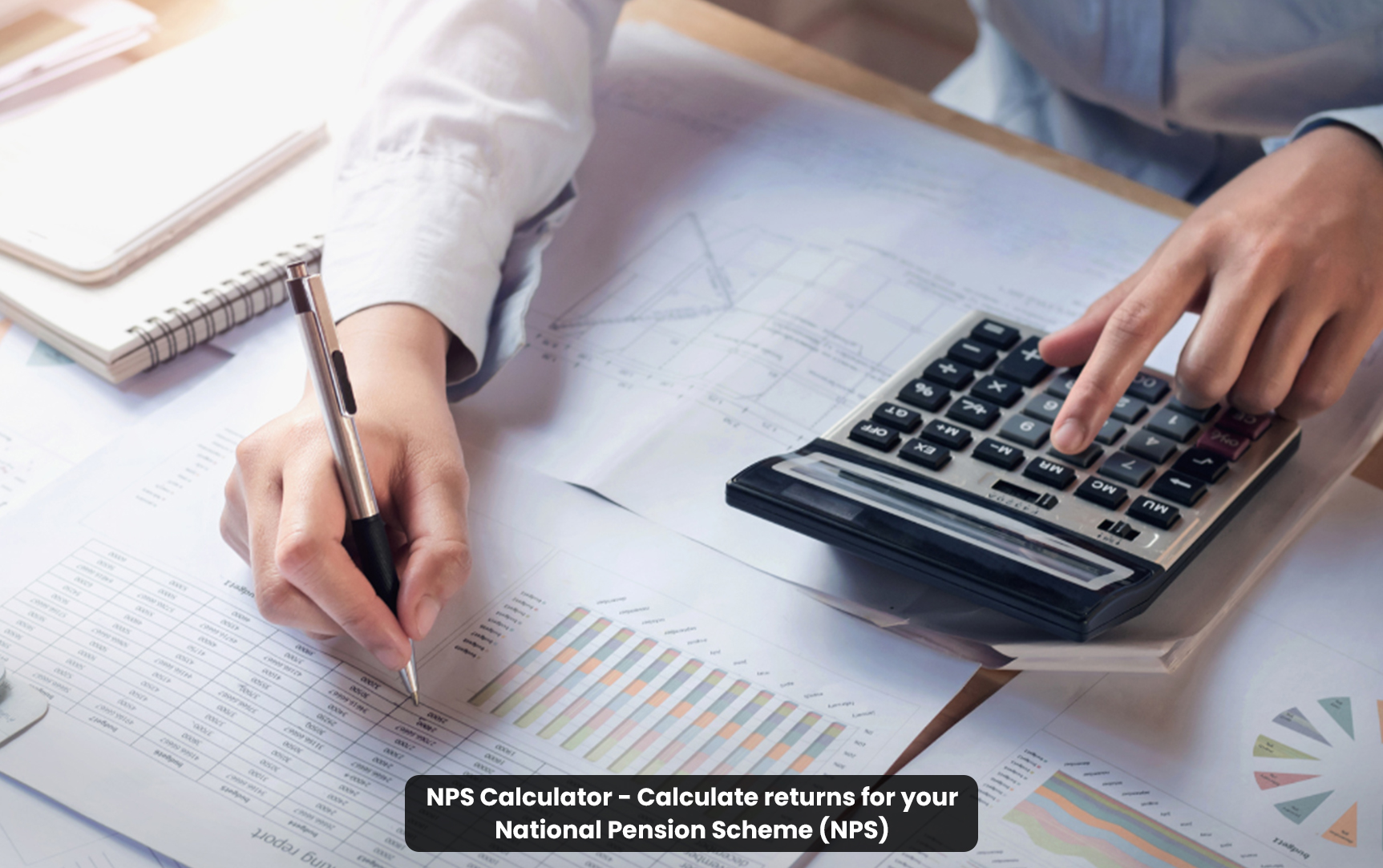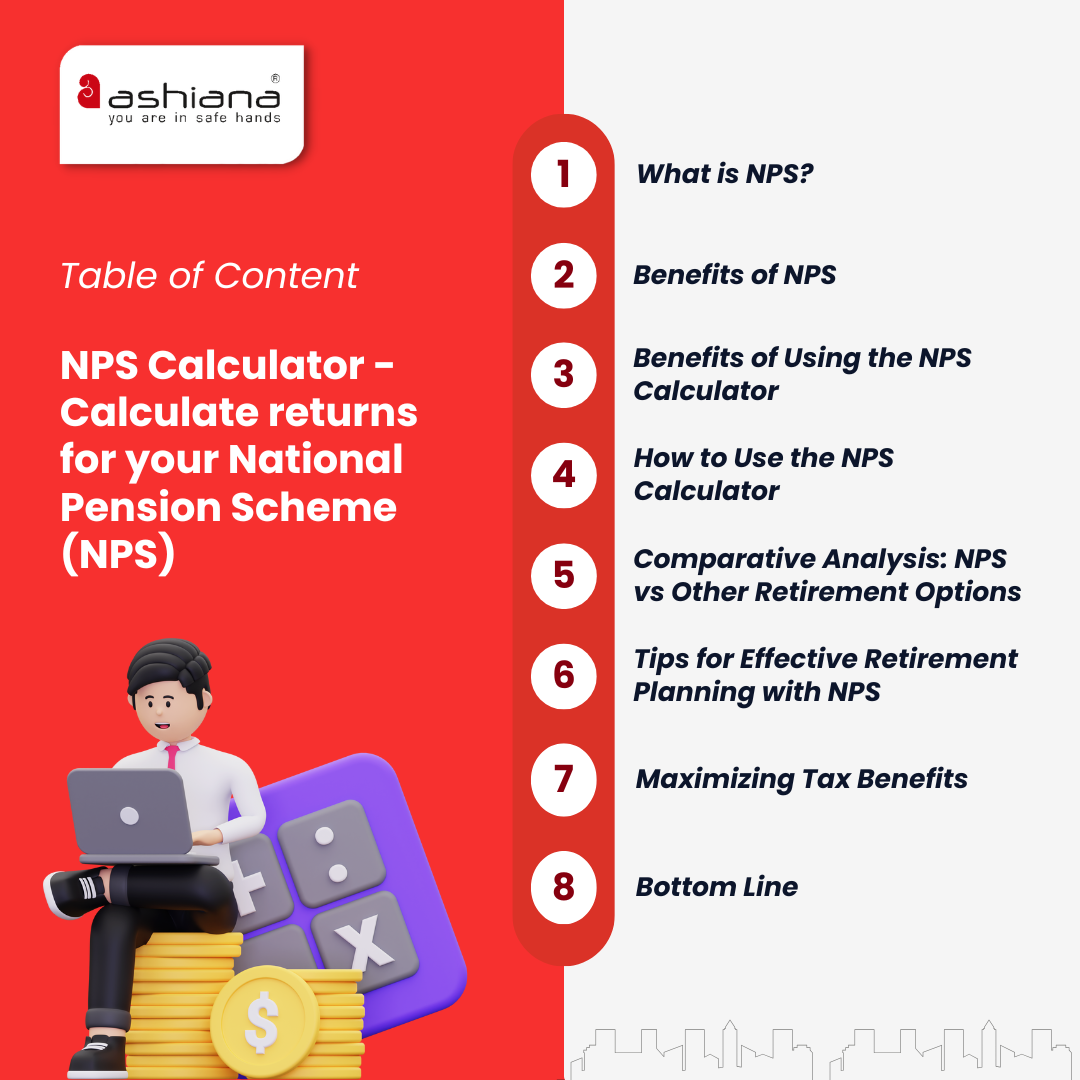

| Feature | NPS | PPF | EPF | Mutual Funds |
| Returns | Market-linked (8-10%) | Fixed (7-8%) | Fixed (8-9%) | Market-linked (varies) |
| Tax Benefits | High | High | High | Moderate |
| Liquidity | Partial withdrawals allowed | Low | Low | High |
| Risk | Moderate | Low | Low | Moderate to High |
50,000 Monthly Pension Through NPS Investment. To generate a ₹50,000 monthly pension, you’ll need a substantial retirement corpus. The earlier you begin contributions, the more time your money has to grow through compounding. Starting young allows for a lower monthly contribution compared to starting later.
The invested amount, or principal, accrues returns throughout the tenure based on the invested assets’ performances. Historically speaking, NPS interest rates have varied between 9% – 12%. After retirement, individuals can withdraw a portion of the accumulated amount in a lump sum, which is capped at 60%.
Formula for NPS Calculation
As mentioned earlier, the basic formula to calculate NPS is A = P (1 + r/n) ^ nt where P = Principal Sum, A = Amount, r = Rate of interest, n = instances of interest compounding, and t = number of years.
The creators of the NPS metric, Bain & Company, say that although an NPS score above 0 is good, above 20 is great and above 50 is amazing.
Ashiana, Ashiana Housing build homes. Homes surrounded by vast green spaces and fresh breeze. Homes cocooned in secured gated complexes. Homes where futures are forged and there are opportunities to grow. And Homes in environments brimming with healthy activity, trust and respect. At heart, we build communities with care.
Other posts by Ashiana
Join 1000+ of fellow readers. Get expert real estate knowledge straight to your inbox absolutely free. Just enter your email address below.